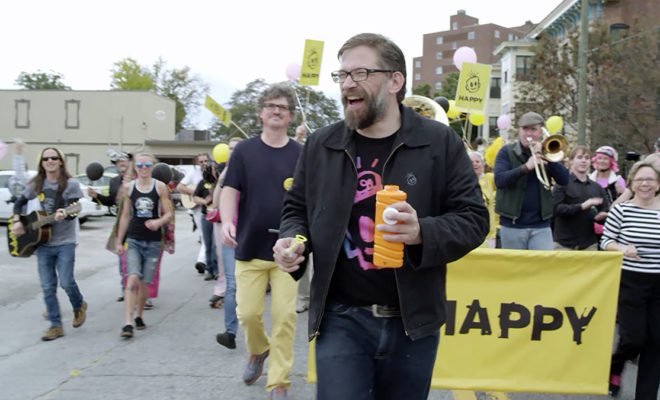
The Art of Being HAPPY
The Art of Being HAPPY
By Steven Reeder, CPC, ACC
When it comes to revisiting a lost or forgotten skill, a common metaphor used in our culture is that of riding a bicycle. “You’ll remember how to do it, it’s like riding a bicycle; it will just come back to you.”
However, the assumption in that metaphor is that you’re returning to an old habit under similar circumstances as those from when you left it. In riding a bike, it’s easy to imagine that, since you used to ride your bike down your neighborhood street, it will be just as easy to ride the bike down that same street again, as the parameters, perceptions, and physics of your bike-riding environment have not changed. The hope is that you’re maneuvering on muscle memory.
I encountered a new dimension to this metaphor in the documentary movie HAPPY, now playing on the film festival circuit. HAPPY tells the story of graphic artist Leonard “Porkchop” Zimmerman, who was a very happy guy. He climbed the career ladder through successful graphic design jobs. He had a loving partner, a dog, two cats, and a happy home in suburban Atlanta. Leonard’s life seemed to be riding a sparkle-painted bike with a banana seat and tassels on the handlebars.
That life upended when Leonard’s partner of eight years, Brian Malone, contracted meningitis and died after ten weeks in the hospital. Nothing Leonard had experienced up to that point had prepared him for the grief, confusion, overwhelm, and despair of losing Brian. His life unraveled: he lost the job, the house, and the will to be happy.
Handling grief is not like regaining the muscle memory of pedaling a bicycle without falling. What you’re dealing with is the muscle memory of the heart and the pain it carries. You’re no longer being asked to ride a bike through your safe neighborhood. You’re being asked to ride that bike with two broken legs, an elephant on your shoulders, in a thunderstorm through the mud.
Change Your Life with Coaching
Leonard’s deep pain is evidenced in the many sketches and paintings of robots he created during his grieving process. Inspired at the time by Ms. Stutts, his high school art teacher, Leonard took to sketching his feelings in those times when words failed. Scores of sketches and paintings are used throughout the film to help tell the story through the memories and emotional flashbacks they elicit.
Of course, the name of the film is HAPPY after all, and there is light at the end of the tunnel, and Leonard is that light. Through conscious awareness, focus, and action, Leonard finds his way back into the light of day, and sees the rainbow in the storm. Out of his grief has come the “Happy” campaign launched in 2012; the goal of which is to spread a smile to anyone who finds it. It has spread around the world through stickers, buttons, billboards, a TEDx Talk, a documentary movie, even guitar picks!
Throughout the film, director Michael Patrick McKinley introduces us to all of the loving and amazing people that not only met Leonard on his path, but who also met him where he was emotionally, and allowed him to be the paradox of “happysad” that he needed to be in his own time and space. They recognized how the journey back helps you be more of who you are, not less.
In the classic film Torch Song Trilogy, Arnold’s mom reminds him that grief “becomes a part of you, like wearing a ring or a pair of eyeglasses… but it never goes away.” Grief may feel like a broken heart, but it’s also the signal that the heart is in perfect working order, expressing the deep love of what’s been lost. It does hurt. It’s meant to be something we go through, not something to get over or go around. Putting on a brave face may impress those on the outside, but pain expressed is what can begin healing the inside.
While the story of HAPPY alone would be enough to move an audience, the bonus takeaway of the film is the utter pleasure of getting to know Leonard, in all of his pain and playfulness. Bearing witness to his sadness can gut you to your core, and his laughter may be the most infectious you’ll ever find. The director and his team do a masterful job of weaving the delicate fabric in the tapestry of “happysad,” which could have gone awry in lesser hands.
Getting back on that bike can be scary. No amount of reading books about bike riding will prepare you for actually getting on and pedaling. It can be awkward, and lead to scraped knees and bruised elbows. And when you get that momentum and find yourself balanced and riding like the wind, you find it was worth it just to have that feeling of freedom again. When you’re ready, it’s waiting for you.
“Life may knock you down, and it’s OK to lay there for a while, but you can make the choice to be happy. I did, because happiness matters.” – Leonard “Porkchop” Zimmerman
You can find out more about the Leonard, the “Happy” campaign, the film, and screening locations at http://www.happydocmovie.com
_______________________________________________________________________________
Steven Reeder, CPC, ACC

As a Certified Professional Coach, Steven Reeder puts people deeply in touch with their power to create, balance, and change their life. Steven provides personal and professional development programs, coaching, training, and published columns for such organizations as AbbVie, American Society for Quality, Metropolitan Community Church, and GayLifeAfter40.com. He is an assistant trainer for the Institute for Professional Excellence in Coaching (iPEC), and is an Energy Leadership Master Practitioner. He can be contacted at Steven@StevenReeder.com
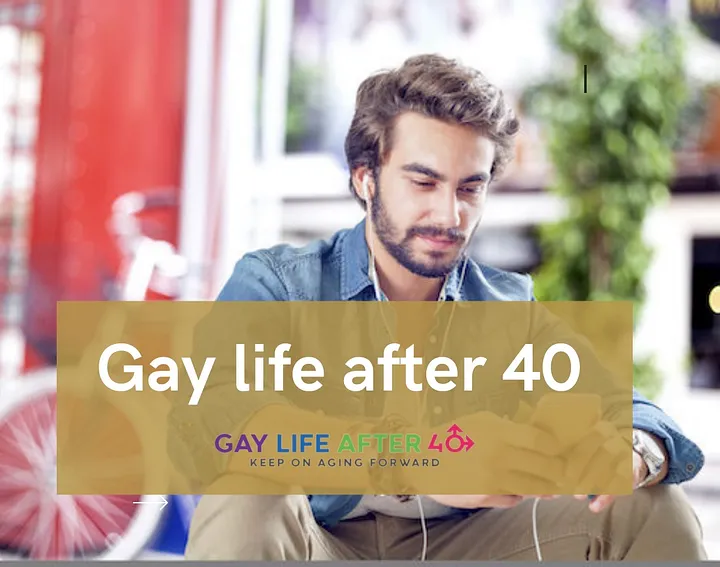
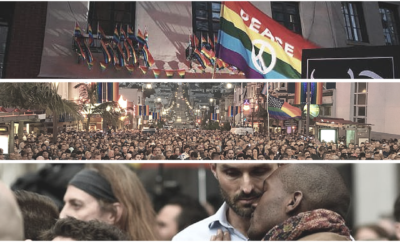
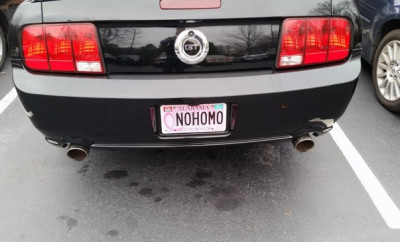
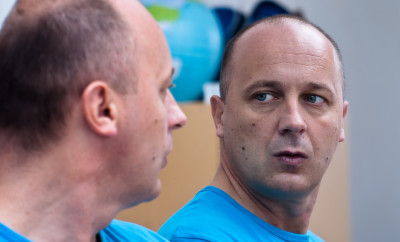

1 Comment